Hymenopellis furfuracea
Scientific name: Hymenopellis furfuracea (Peck) R. H.
Petersen
Derivation of name: Furfur- means "bran" or "scurf" and
refers to the texture of the stipe surface.
Synonyms: Oudemansiella radicata (Relhan) Singer,
Xerula furfuracea (Peck) Redhead,
Ginns, and Shoemaker
Common name(s): Rooted Collybia; Rooted Agaric;
Rooted Oudemansiella.
Phylum: Basidiomycota
Order: Agaricales
Family: Physalacriaceae
Occurrence on wood substrate: Saprobic; solitary to
several on and around deciduous stumps and trees or from
buried wood; May through October.
Dimensions: Caps 2-15 cm wide; stipes 7.5-25 cm long
above ground with an underground portion which can be just
as long. Stipes 0.3-1 cm thick.
Cap: Dark brown to dark grayish-brown to yellow-brown;
wrinkled near the center; slimy to tacky or moist; surface
velvety at first, becoming smooth in age.
Gills: Attached; white.
Spore print: White.
Stipe: Whitish near apex, brownish below due to covering of
grayish to brownish scales or fibers; surface sometimes
developing a "snakeskin" pattern.
Veil: Absent.
Edibility: Edible.
Comments: Hymenopellis furfuracea is one of a
number of
Hymenopellis species growing in northeast
North America. H. furfuracea is potentially the largest
species but may not always grow to full size. The
common
field character for all the species
is the long,
rooting stalk which may break
off during
collection,
confusing
the identification
process.
Even if
the stalk is
present, microscopic
examination of
the spores
and other
structures will be required to
confirm
specimen identity
in most cases. A key to xeruloid
mushrooms in North
America is available at the following
website:
More information at MushroomExpert.com:
Information about H. furfuracea is at:
More information at MushroomExpert.com
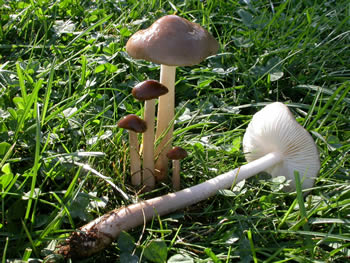
Figure 1. Young Hymenopellis furfuracea specimens on
the ground
in grass. The homeowner indicated a large pin
oak tree had
been removed from the property in the last
year or two. The rootlike stipe is undoubtedly attached
to a decaying root of the tree.
Photo © Gary Emberger.

Figure 2. Maturing specimens with nearly flat caps.
Photo ©
Pam Kaminski.
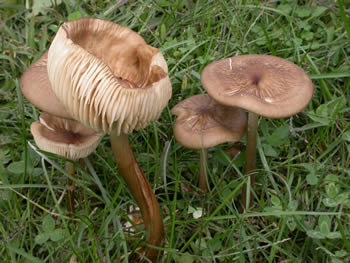
Figure 3. A characteristic wrinkled cap surface can be
observed on the specimens on the right. Photo © Gary
Emberger.
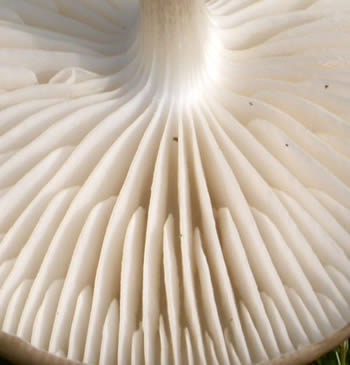
Figure 4. Attached, white gills
of Hymenopellis
furfuracea.
Photo © Gary Emberger.
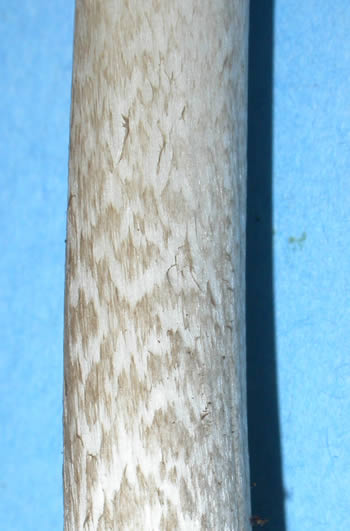
Figure 5. As the mushroom grows, the brownish fibers of
the stipe may stretch out into a "snakeskin" pattern.
Photo © Gary Emberger.
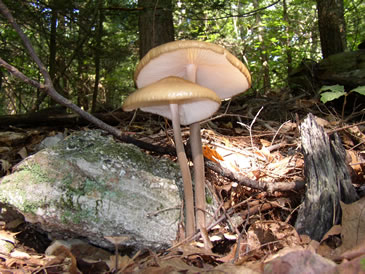
Figure 6. Statuesque forest floor specimens of Hymenopellis
furfuracea. Photo © Cathy Cholmeley-Jones.
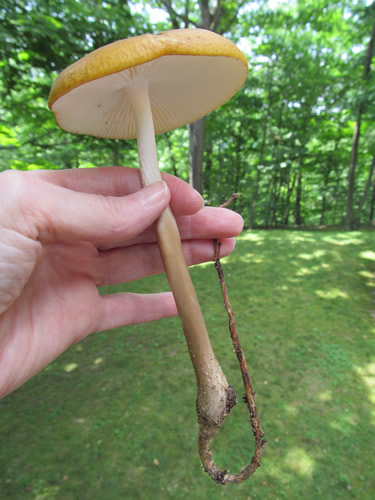
Figure 7. This specimen shows how long the rooting stipe
of a Hymenopellis species may be! Microscopic analysis of
this specimen demonstrated that it was H. incognita, one of
a number
of Hymenopellis species in the area.
Photo © Cecily Franklin.